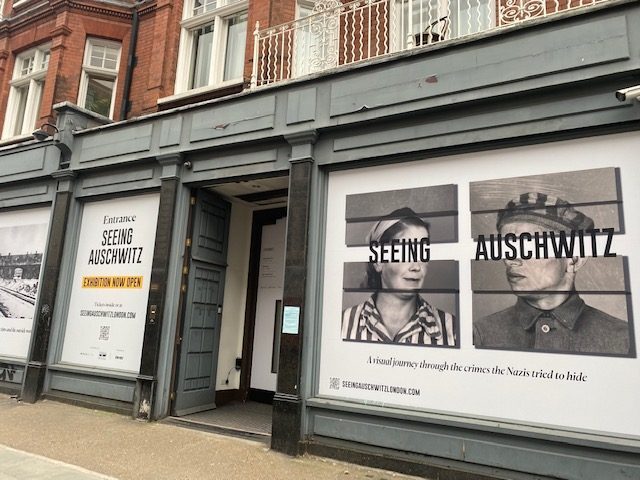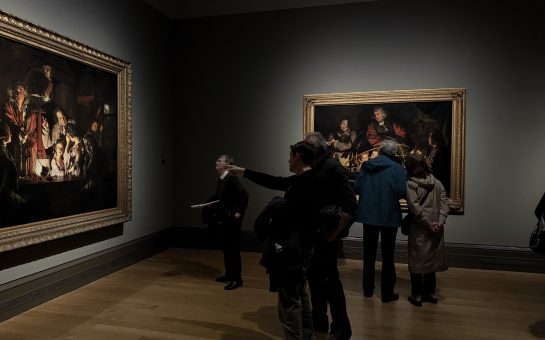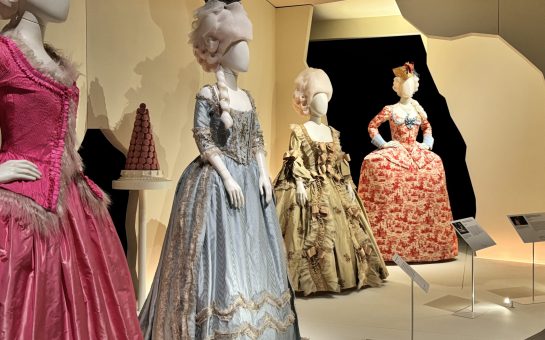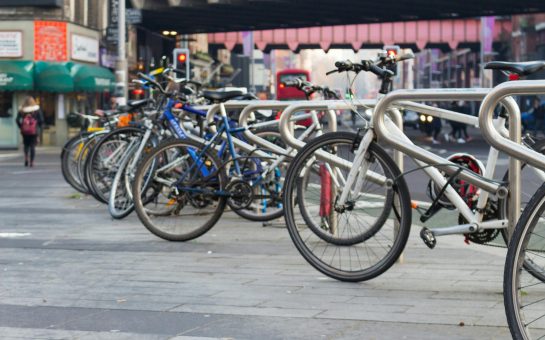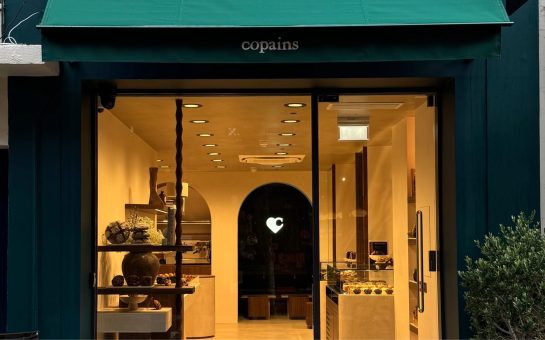The “Seeing Auschwitz” exhibition in South Kensington comprises insightful photos from inside the largest killing centre in human history.
“Seeing Auschwitz”, created by Musealia in collaboration with the Auschwitz-Birkenau state museum, comprises 100 photographs and sketches of the camp produced by inmates, liberators and perpetrators of the Holocaust during the war.
Auschwitz, a huge complex of concentration camps in occupied-Poland, served as the epicentre of the Nazis’ “final solution”, a plan to annihilate all Jewish people in Europe.
Of the approximate 1.3 million people deported to Auschwitz, more than 1.1 million died from slave labour, disease or in the gas chambers.
Nazi SS officers took most of the relatively small number of photographs that we have of the camp during the war.
As a result, these pictures pose a challenge to the viewer, as they reflect the Nazis’ gaze and their agenda of displaying the camp as an organised and efficient machine, without unveiling any clues to the mass murder under way there.
But the exhibition successfully points visitors to powerful elements of humanity in each photograph.
Where the Nazis saw masses of people walking in organised ranks to their deaths, viewers are invited to look “beyond the frame” and adopt a more compassionate look at the camp’s victims.

One picture shows deportees coming out of a train stopped at the gates of the camp and, ignorant of their fate, taking their possessions out of the wagons, genuinely believing that their trip wouldn’t end there.
Another shows prisoners in striped uniforms among crowds of people pouring onto the platform and queuing for triage, while a man stands bewildered in the crowd after losing his trousers and a shoe.
This detail, which probably went unnoticed by the photographer, exemplifies the moments of confusion and distress that the Nazis chose to ignore when they captured these images.
As we walk through the tour, the horror of what people experienced in Auschwitz becomes more real thanks to the few sketches and photos that some prisoners produced in secret, at risk to their lives.
The goal of these prisoners, some forced into slave labour, was to create documentary proof of the crimes the Nazis were trying to hide, in the hope that they would one day help uncover the truth.
One such inmate, an artist known as “MM”, drew scenes he witnessed, like families being forcibly separated and inmates walking to the crematoria building, and hid his sketches in a bottle for safeguarding.
The exhibition also raises an important and troubling question about the perpetrators of these crimes: were they just ordinary people like us?
If not, how did the Nazis go from mass murder in one instant to joyful gatherings with their families the next, in the nearby resting area of Solahütte?
A photo album helps answer this question by displaying photos of SS workers celebrating what they believed they were creating: a better world that could only exist without one sector of the population.
This ideology still serves today as a pathway to genocide.

“Seeing Auschwitz” finally invites us to reflect on how we sometimes find it difficult to look at sufferings, but how we can decide not to turn away and instead, to quote the organisers, “pressure our governments to do more on our behalves”, just as “we worked to see Auschwitz” through this exhibition.
“Seeing Auschwitz” is open to visitors until Sunday 12th February and is based on 81 Old Brompton Road, South Kensington.
